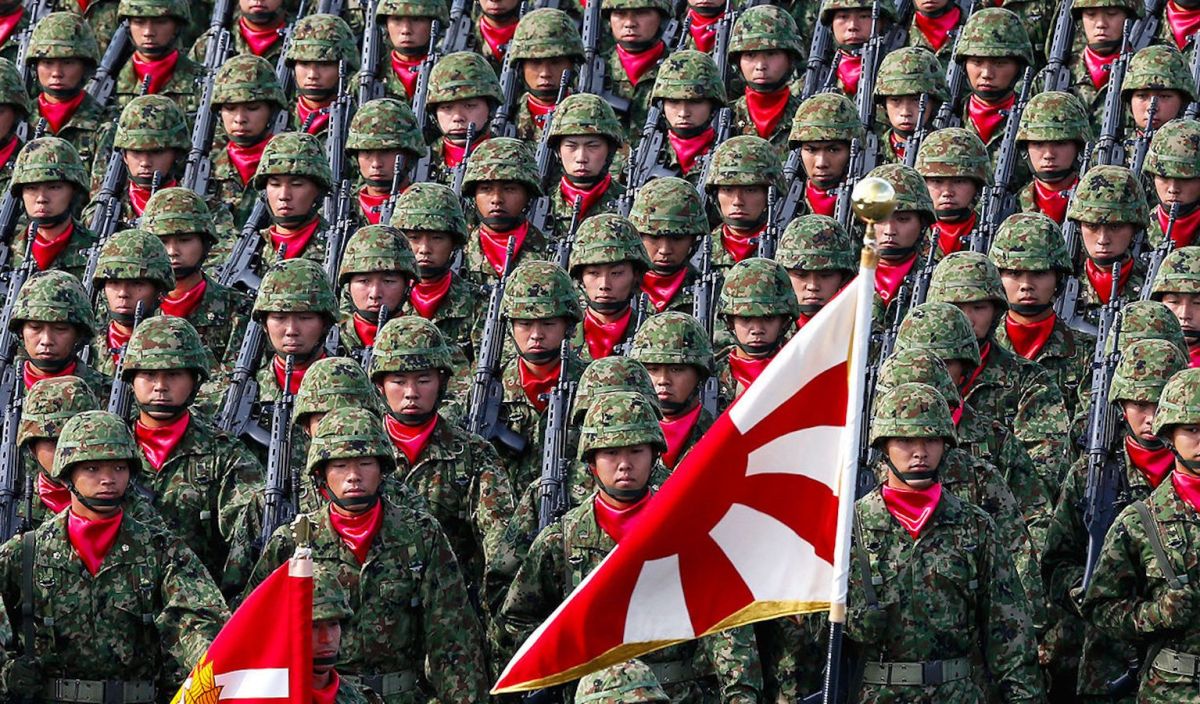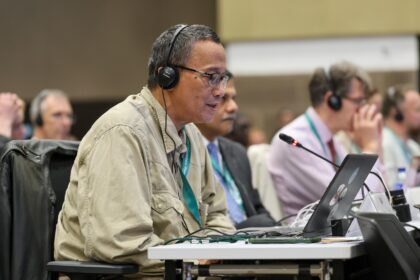[ad_1]
When new US Defense Secretary Lloyd Austin said in one of his first public announcements that Washington and Tokyo’s military alliance should be strengthened, the statement not only marked a return to normalcy in US-Japan relations but also emphasized the key role Japan’s military is expected to play in the region.
And that primarily means countering China’s muscle-flexing not only in adjacent waters but also in other parts of Asia.
In a phone call on January 24 with his Japanese counterpart Nobuo Kishi — the content of which was made public — Austin confirmed that Article 5 of the US-Japan security treaty, which obliges the US to respond to an attack on any Japanese territory, applies to the Senkaku islands which China also claims in the East China Sea.
Signed in 1951 and amended in 1960, that treaty has grown from being meant to restrict the emergence of a re-militarized Japan in the wake of World War II to becoming the cornerstone of Washington’s geostrategic policies in the region.
Although Japan is still bound by its 1947 pacifist constitution, which states that it should not maintain any armed forces with war potential, the Japanese military has nonetheless become one of the world’s most powerful and technologically advanced militaries.
According to the London-based International Institute of Strategic Studies’ most recent 2020 report, Japan now has the world’s eighth-largest military budget, trailing only the US, China, Saudi Arabia, Russia, India, the United Kingdom and France.
On December 21, the Japanese government under its new prime minister Yoshihide Suga approved the ninth consecutive rise in military spending, which now amounts to US$52 billion annually. Suga, whose governing style is more low-key than that of his predecessor Shinzo Abe, has continued his predecessor’s military expansion policy. Â
Reports suggested the recent rise was to fund the development of an advanced stealth fighter and longer-range anti-ship missiles to counter China’s growing military power. Japan is also now building more warships, including its first aircraft carrier since World War II, to match China’s growing naval prowess.
Austin’s mention of the uninhabited Senkakus may not have been entirely welcome in Taiwan, which also claims them as the Tiaoyutai islands. But under the now ruling Democratic Progressive Party, Taiwan, or the Republic of China, is playing mere lip service to that claim while some in the opposition Kuomintang strongly emphasize it.
Taiwan is the other important, but seldom recognized ally in East Asia’s US-led security network as neither Tokyo nor Washington maintains official diplomatic relations with Taipei.
At the same time, as Austin pledged to strengthen the alliance with Japan, the new Joe Biden administration in Washington has expressed strong support for the self-ruled island, which China considers a renegade province that has to be reunited with the mainland.
Decades of precedent was broken when Hsiao Bi-khim, Taiwan’s unofficial ambassador to the US, was invited to attend Biden’s swearing-in ceremony on January 20 — a first since Washington switched recognition from Taipei to Beijing in 1979.
That, in turn, prompted China to conduct military exercises near Taiwan in what a spokesman for the Chinese government called a “solemn warning to external forcesâ€, thinly veiled code for the US. Â
On January 23 and 24, China sent a squadron of aircraft, including bombers capable of carrying nuclear weapons, into Taipei’s self-declared southwestern air defense identification zone between Taiwan and the Taiwanese-controlled Pratas islands in the northern part of the South China Sea.
It is not only Washington that is strengthening its security ties with Japan.
Japan’s annual diplomatic bluebook, which was released in May last year, identifies Taiwan as an “extremely important partnerâ€, a boost from 2019’s description of Taiwan as a “crucial partner.†Without Taiwan, the string of islands that is meant to contain China in case of a wider conflict would not be complete.
In Japan, that string stretches from Hokkaido in the north to Okinawa in the south and on via Taiwan to the Philippines, the Taiwanese-held Pratas islands and Taiping island, or Itu Aba, the largest of the natural islands in the South China Sea.
China’s newly-built, artificial islands in the South China Sea may be bigger, but Taiping is well-fortified with its own airport capable of accommodating militarily significant C-130 transport planes.
Japan’s Self-Defense Forces (JSDF), as they are called, have nearly 250,000 active personnel and another 50,000 in reserve, and are equipped with the latest weaponry and technology procured mainly from the US.
The Japanese Navy is believed by military analysts to be the strongest in the region after America’s and thus superior to China’s still relatively underdeveloped but steadily growing naval forces. China now has two combat-ready aircraft carriers and a third is under construction.
Beijing’s goal is to have six by 2030, so it is only a matter of time before China will be able to seriously challenge Japan as well as the US in the Asia-Pacific region. In 2017, China established its first overseas military base in Djibouti in the horn of Africa from where it can monitor a US base as well as US naval movements in the Indian Ocean.
Austin is expected to visit Japan soon to solve some controversial issues that remain in bilateral military relations.
During the phone call on January 24, he and Kishi agreed that it would be prudent to move a US marine base from a crowded, mainly urban area on Okinawa to a more remote place, which, the Japanese government believes, may be the only way to solve the problem associated with the base.
But even that plan is unpopular with the locals, most of whom want the entire base moved off the island.
A similar problem exists with South Korea’s participation in the anti-China axis in East Asia. After talking to Kishi, Austin rang his South Korean counterpart Suh Wook to say the US-South Korea alliance was crucial for “peace and stability†in Northeast Asia and vowed to further develop and strengthen that military alliance.
Still, South Korea has been lukewarm to any strategic cooperation with its former colonial power Japan and anti-American sentiment have served as catalysts for protests against the US bases in the country. Although the oppositionists remain a minority according to opinion polls, they are vocal and sometimes even militant.
It is clear that building and maintaining a wall of island bases to contain China will not be an easy task.
But it will be the key element of Biden’s strategy in East Asia and it is reasonable to assume that his administration will be more active in the region than his inward-looking, “America first†predecessor Trump.
The regional arms race is in full swing and Japan will inevitably play a crucial role in the region’s rising contest for power and supremacy.
Japan’s current military policy, Western and Asian military analysts argue, entails much more than the “renunciation of the use of forceâ€, which Japan’s constitution identifies as the reason for Japan being permitted to maintain armed forces solely for self-defense purposes.
[ad_2]
Source link













